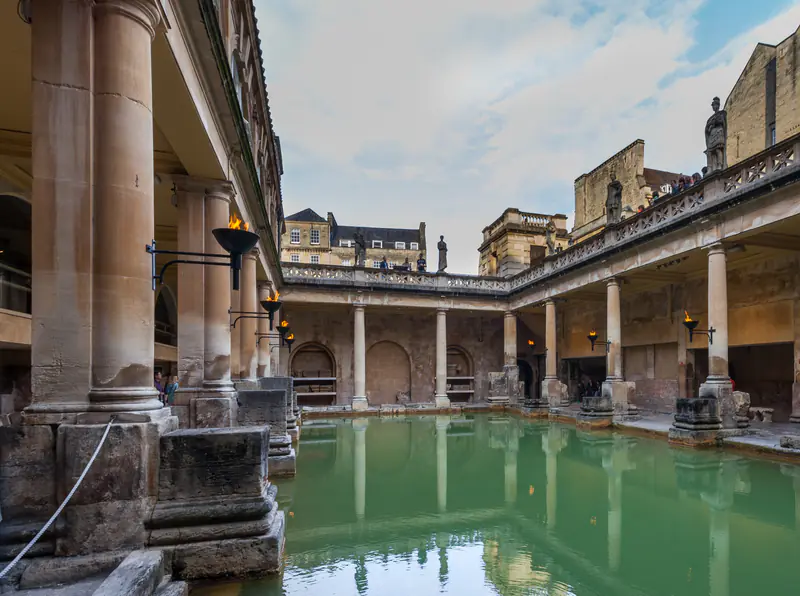UNESCO World Heritage Sites in Belgium
Heritage Overview
Belgium's UNESCO World Heritage sites reflect centuries of European urban development, architectural innovation, and cultural exchange at the crossroads of Western Europe. The country preserves exceptional examples of medieval civic architecture, Art Nouveau masterpieces, and historic town centres that shaped European urbanism, trade networks, and artistic movements. Historic city centres and architectural ensembles demonstrate the wealth and independence of medieval merchant cities and their civic institutions, showcasing distinctive Flemish building traditions and Gothic architecture. These urban landscapes preserve remarkably intact medieval street patterns, market squares, and civic buildings that influenced urban development across Northern Europe. Belgium's architectural heritage spans multiple periods, from Romanesque collegiate churches to innovative Art Nouveau residences. Industrial heritage sites document revolutionary developments in mining, canal systems, and engineering that powered European industrialisation. Religious sites preserve exceptional examples of collegiate architecture and Benedictine traditions. Together, these sites illustrate Belgium's strategic position in European commerce, its contributions to architectural innovation across multiple historical periods, and the evolution of civic culture in prosperous merchant cities that fostered artistic achievement and democratic governance traditions throughout medieval and modern periods.
Essential Information
Visa Requirements
Belgium is part of the European Union and Schengen Area. EU, EEA, and Swiss citizens can enter freely with valid identification. Visitors from many countries including the United States, Canada, Australia, Japan, and New Zealand can stay up to 90 days within 180 days without visas. From 2026, travellers from visa-exempt countries require ETIAS (European Travel Information and Authorisation System) authorisation before arrival, valid for three years at €7. Other nationalities should verify requirements with Belgian embassies. Passports must remain valid for at least three months beyond intended departure from the Schengen Area. Border controls are minimal between Schengen countries.
Currency
The official currency is the Euro (EUR), adopted in 2002 following the Belgian Franc. Credit and debit cards (Visa, Mastercard, Maestro, Bancontact) are universally accepted across hotels, restaurants, shops, and attractions, with chip-and-PIN systems standard. Contactless payments are extremely common and preferred. ATMs are abundant in cities and towns, typically without fees for Eurozone cards but charging €2-5 for foreign cards. Cash usage is declining but remains necessary for some smaller establishments, markets, and traditional businesses. Tipping is not obligatory as service charges are included, but rounding up or adding 5-10% is appreciated. Currency exchange available at airports and banks.
Language
Belgium has three official languages: Dutch (Flemish) in Flanders, French in Wallonia, and German in a small eastern region. Brussels is officially bilingual French-Dutch. English proficiency is excellent, with over 60% of Belgians speaking English, particularly in Flanders and Brussels. Younger generations and tourism professionals typically speak multiple languages fluently. Signage in Brussels appears in both Dutch and French. English is widely understood in tourist areas, hotels, and restaurants. Learning basic phrases in the local language (Dank u/Merci for thank you) is appreciated. Language boundaries are culturally significant, with regional preferences strongly felt.
Climate
Belgium experiences a temperate maritime climate with mild temperatures and regular precipitation throughout the year. Summers (June-August) are comfortable with temperatures typically 18-25°C, occasionally reaching 30°C during heatwaves. Winters (December-February) are cool but rarely severe, averaging 0-7°C with occasional freezing temperatures and light snow. Rain is frequent year-round, with autumn and winter being wettest. Spring (April-May) and early autumn (September) offer pleasant conditions for sightseeing with moderate temperatures and manageable rainfall. The best visiting period is May through September for outdoor activities and heritage exploration, though rain gear is advisable year-round. Summer provides longest daylight hours for sightseeing.
